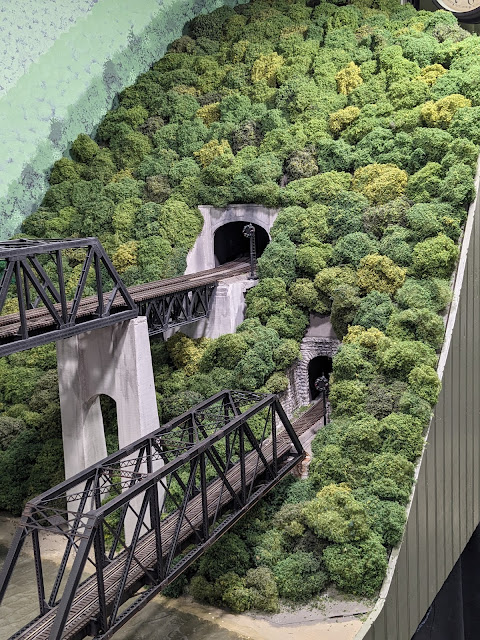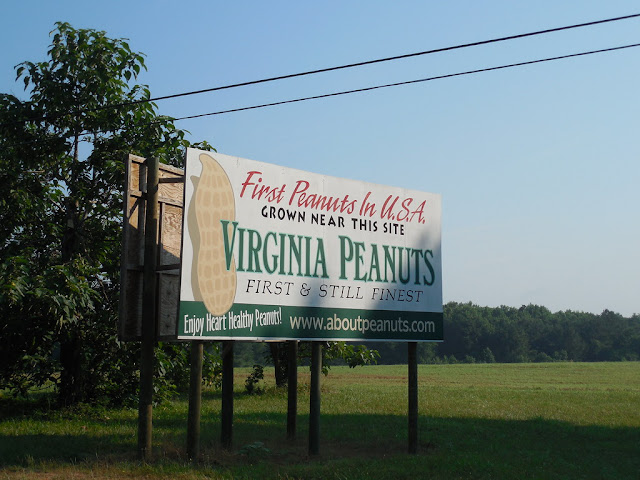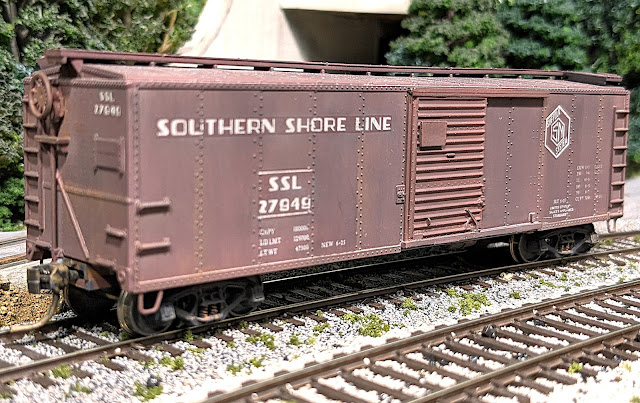Well the incessant churn of lawn/garden/house/woods/pool maintenance, on top of travel and classic-car season, has finally begun to abate. I have gotten zero completed on the layout since April, which accounts for the dearth of posts. So I thought I'd celebrate the work that some friends have done on their own SNR equipment. And OK, maybe one of my own.
It's both amazing and an honor to see "your thing" interpreted by other guys for other layouts...
CENTERFLOWS
You may recall that early in the year, Patrick Harris of Three Notch Rail released a custom run of Accurail 4600sf Centerflow covered hoppers, lettered for the SNR. They featured the hex logo that I had time-warped into a futuristic multi-mark, for friends in the "modern" era.
I'd asked for photos as guys got these weathered and running on their layouts. Let's take a look at a few who wasted no time...
DECAL JOBS
In some cases where I've swapped cars with friends, they've later asked for spare decals so they could do up a few SNR cars on their own. I'm flattered of course, and happy to oblige.
As it happens I've got a couple sources for decal reserves:
- Several professional runs, including a last batch from Rail Graphics, just before they went out of business. And,
- My buddy Darren Williamson (IHB), who can do custom sheets from my artwork on his collection of ALPS printers.
My friend Bill Doll (Forest Park Southern) once found himself with a couple of nice PS-1 kits yet unassembled. He offered one to me for the SNR -- in exchange for some decal sets so he could do the other one up in SNR paint as well, for his layout. Wow! Here it is on the FPS's yard lead at Flowing Springs, WV -- looking an awful lot like its sister-ship on my layout, only with better weathering.
Actually even before he'd written me about the decals, Tom had done some decals on his own, too, for a gondola repaint.

Here is the sum total of modeling projects I completed this summer (other than Vanderbilt swaps -- watch this space). And this was only because I took decals to the beach, where I'd have time! 😄
Man I have been meaning to play this gag for decades -- since the early 90's, when the indie band Veruca Salt debuted, with their hit "Seether". That band name just rattled around in my head -- "Veruca Salt, where do I know that from?!" Naturally it was Barri, knower of all things non-technical, who clued me in -- Veruca is the charming little princess in Willy Wonka & the Chocolate Factory.
There is so much eternally great stuff in Willy Wonka (yes of course I mean the 1971 Gene Wilder version) -- and with the band paying homage too, some reference had to be made on the SNR, since it is The Buried Jokes Route. Given that salt is hauled in privately-owned covered hopper cars, the idea just crystallized (no pun intended). (Well OK, sure -- pun intended! 😄)
The challenge was the font. I originally did a decal sheet in blue block letters, to mimic the Morton Salt cars, but it was just too vivid for the Truman era. So I toned it down to no louder than other examples I could find from the time, mainly by outlining the letters (and dropping the blue). Gave it a '49 build date too, so it could have a little bit of salt rust, without obliterating the name.
Sadly I don't have a single customer on the layout that could remotely use it. No matter - it will just have to be random overhead traffic -- on its way to some northern city to destroy all the new cars next winter!
"Come with me,And you'll beIn a world of pure imagination...." ♫♩♫♫♩♩
(Y'know, I probably can scare up some decal spares, if anyone wanted to join in on building a cross-layout fleet of them... 😉 )
Well, that's it from the Wonka-Vator -- thanks as always for reading, and let me know what you think!














































